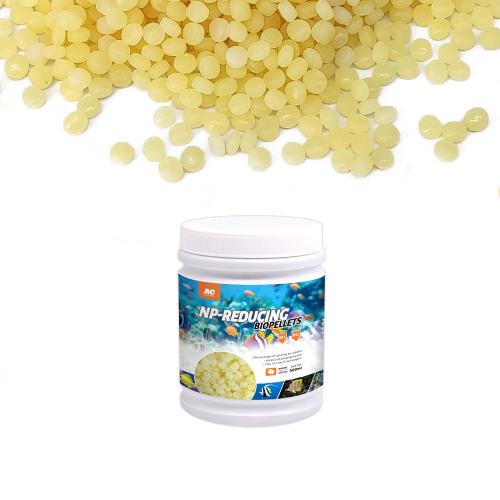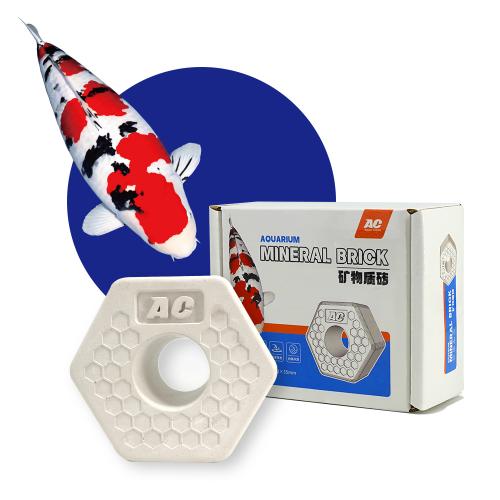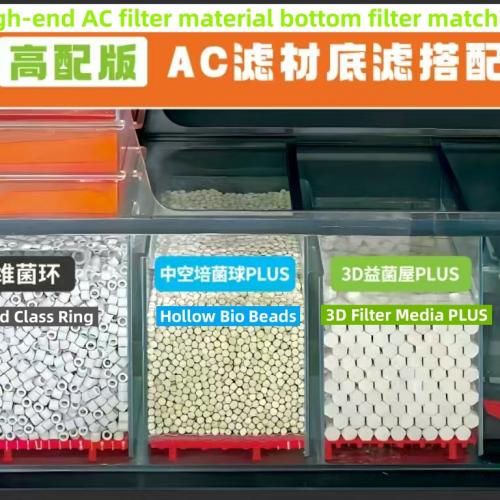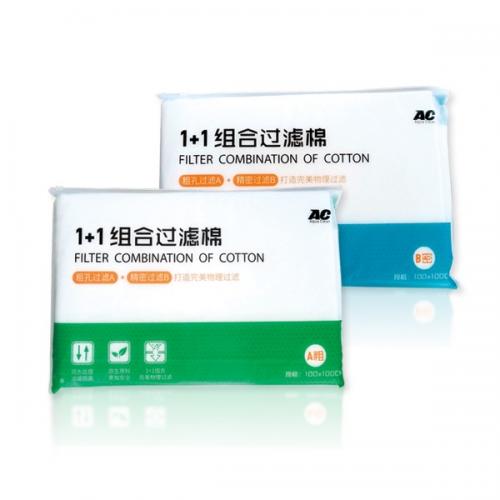AC Aqua Clean Organic Remover
Update time: 25-05-30 Views: 406
I. The "Invisible Killers" in Aquariums: Hazards of Organic Pollution
In aquarium keeping, water quality stability is crucial for maintaining the health of aquatic life. With the accumulation of fish excreta, leftover feed, and aquatic plant metabolites, harmful substances such as ammonia, nitrite, and nitrate gradually build up in the water. These not only cause turbidity and odors but also severely threaten fish respiratory and immune systems. Excessive organic matter can even trigger algae blooms, disrupting the aquatic ecosystem. Efficient removal of these organic pollutants has become a core concern for both hobbyists and professional aquarists.
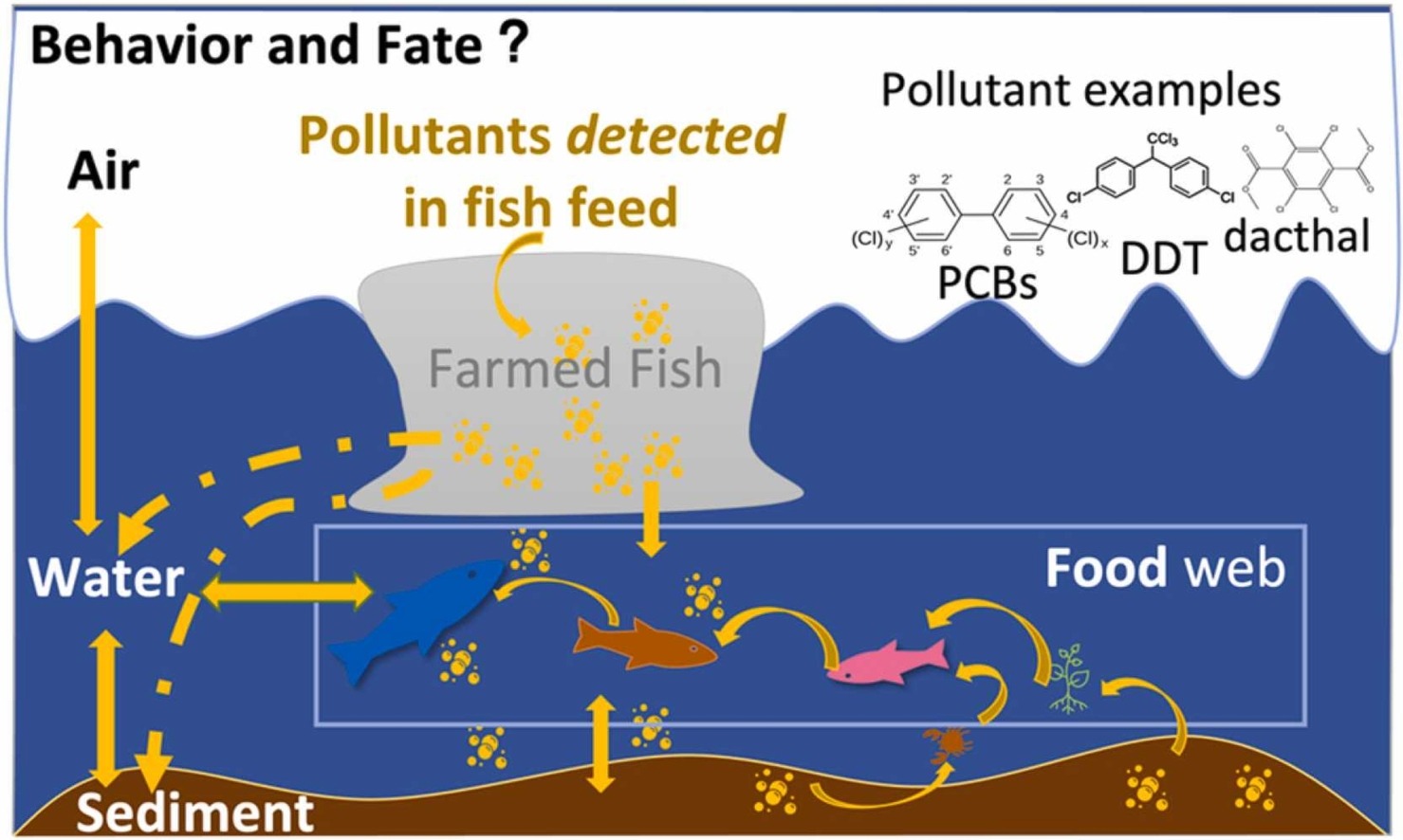
II. AC Organic Remover Resin: Technological Crystallization of Targeted Purification
As a leading Chinese manufacturer of aquarium filter media, AC Aqua Clean, supported by the National Industry Ceramic Research Center, presents the AC Organic Remover Resin (Model: AC604S50-T/Product Code: ZACOR188L). This filter media, made from macro-porous alkalescence synthetic polymer, acts like a "molecular sponge" with its unique porous structure, efficiently adsorbing soluble and insoluble impurities—including ammonia, nitrite, and nitrate—thereby cutting off the root causes of water deterioration.
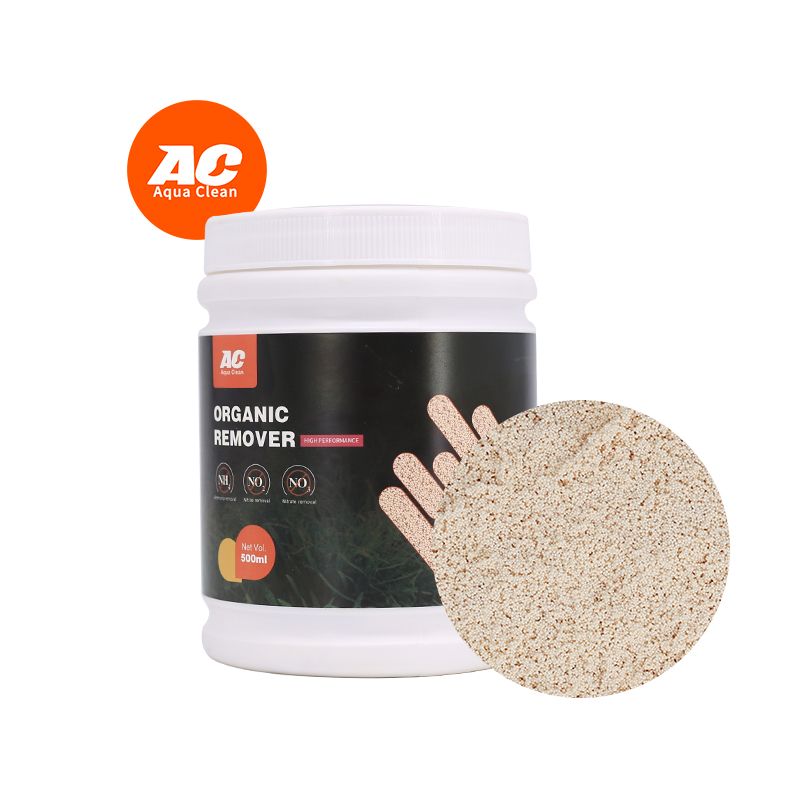
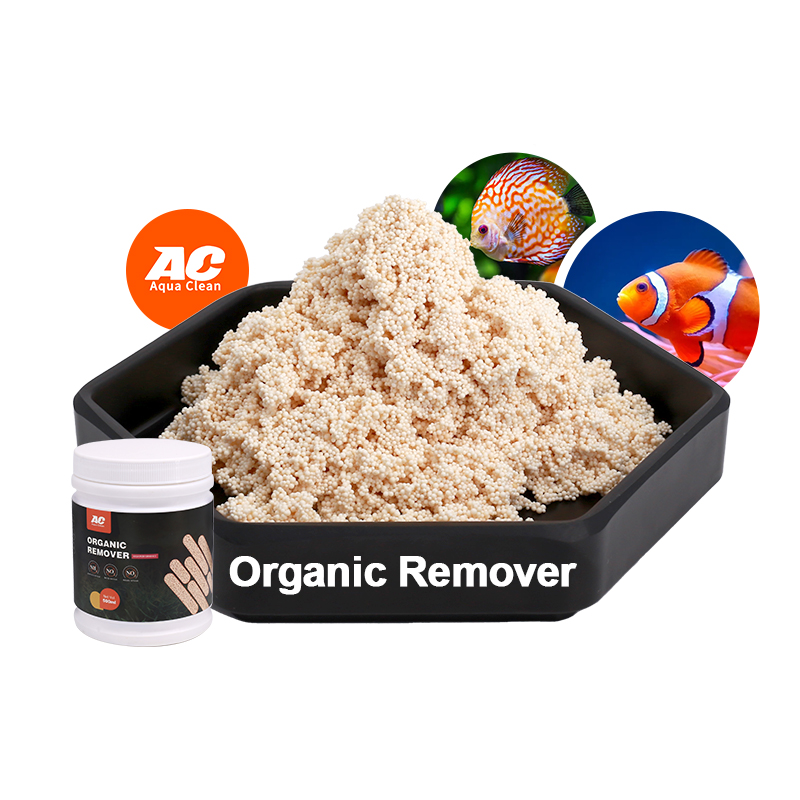
III. Four Core Advantages Redefining Aquarium Filter Media Standards
1. Superior Adsorption & Decoloration Capability
The macro-porous structure endows the resin with exceptional organic filtration capacity. It not only quickly adsorbs suspended solids but also decomposes colored substances through its antioxidant properties, clarifying turbid water within short time. Notably, 500ml of the resin can treat 500L of water, ensuring high-efficiency purification without altering pH, making it suitable for tropical fish tanks, planted aquariums, and various aquatic environments.
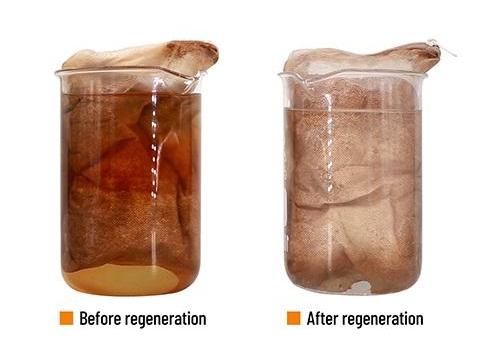
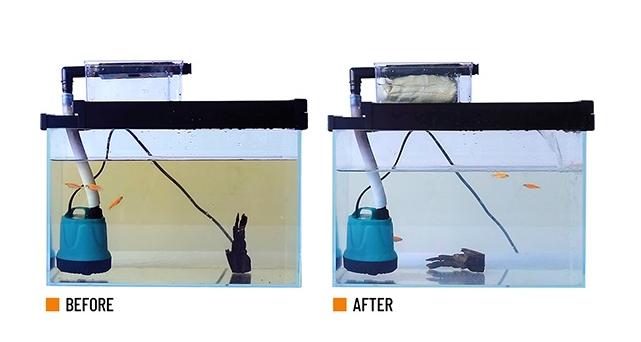
2. Targeted Removal of Harmful Substances
Aiming at the "nitrogen cycle crisis" in aquariums, the AC Organic Remover Resin precisely adsorbs ammonia and nitrite while inhibiting nitrate production by removing nitrogenous organic waste. This feature is particularly ideal for high-density aquaculture or demanding setups like coral reef tanks.
3. Regenerable Design for Economy & Environmental Friendliness
When saturated, the resin changes color from pale blonde to dark brown or even black. Instead of replacement, it can be regenerated by soaking in a 1:1 household bleach (8.25% hypochlorite, unscented, dye-free) and water solution for 24 hours, followed by an 8-hour rinse with dechlorinator. This reusable design significantly reduces long-term costs and environmental impact compared to disposable filter media.
4. User-Friendly & Compatible with Various Filtration Systems
Simply rinse before use, place in a mesh bag, and install in the filter chamber. It is compatible with mainstream systems like top filters, bottom filters, and canister filters. With stable chemical properties, it does not release harmful substances, does not affect nitrifying bacteria, and can be used alongside biological filter media for a comprehensive water purification system.
IV. AC Aqua Clean: Safeguarding Aquatic Ecosystems with Innovative Technology
As an industry leader with over 50 years of focus on filter media research, AC Aqua Clean integrates product innovation with aquatic ecosystem protection. Beyond organic remover resin, its portfolio—including bio blocks and sintered glass rings—covers full-scene filtration needs for freshwater, marine, and pond setups, exported to over 50 regions and partnering with 378 clients globally. Choosing AC Organic Remover Resin means embracing a scientific and sustainable aquarium maintenance philosophy.
By integrating technology with aquarium maintenance needs, AC Organic Remover Resin not only solves water purification pain points but also drives the industry toward green sustainability through its recyclable design. Whether for novice hobbyists or seasoned aquarists, this product serves as a reliable assistant in creating the ideal underwater world.
